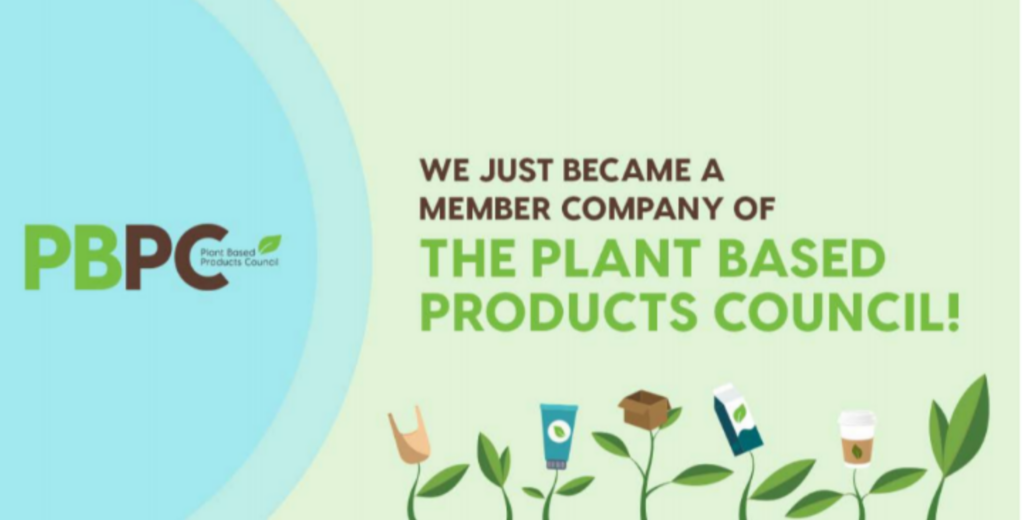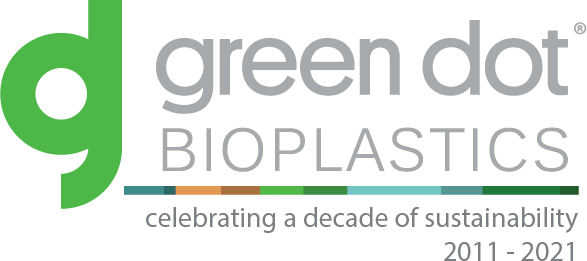Plastics Industry Opportunity for Sustainable Growth

Several months have now passed since the Biden-Harris Administration and the Office of Science and Technology Policy issued an array of goals and priorities aimed at positioning the U.S. as a leader in biotech and biomanufacturing. Of key importance to the plastics industry: The administration’s goal that the U.S. replace more than 90 percent of its current traditional plastics production with bio-based alternatives within 20 years. This is a tall order.
To achieve this goal, our industry would have to reconfigure at a pace and scale that have not been attempted before. As I have said elsewhere, it took more than 100 years to arrive at our current manufacturing footing in the plastics industry. A change of this kind is different than improving processes over time – it will require a reinvention of our sourcing, production, and disposal systems.
A company rarely has the chance to clearly know the lay of the land as it plans for the future. Thanks to the current administration, we have clear direction on their goals and we have a course of action with governmental backing. We’ve known for decades that our industry relies on a finite resource, oil. It is time to invite new, more sustainable feedstocks into our production processes.
I see the president’s goals as an opportunity for the plastics industry. One of the highest-profile individuals on the planet is pointing us in a direction. We know consumers want more sustainable alternatives. We know that the biomass is available for use. And, we know what happens when new technology scales – prices for producers and consumers fall, and profits can rise.
Plastics are essential in our lives today. Be it the packaging our food comes in at the grocery store to maintain freshness, protective films used in medical applications to ensure sterility of instruments, the clothes we wear, the furniture we sit on, the cars we drive; plastic is everywhere. It is a cost effective, durable material with a wide range of physical properties. It is not surprising that such an extraordinarily diverse product has replaced so many other raw materials such as glass and metals. Now, let’s make those plastics better and more sustainable by using renewable feedstocks.
The proof is in front of us, the European Bioplastics association notes that, in 2022, plant-based materials were used in the production of roughly 2.2 million tons of plastic globally. The same report, compiled with assistance from the nova-Institute, forecasts capacity will triple by 2027.
REPORT: Bioplastics market data
Plastic production inputs: Petroleum vs. biomass
Petroleum is a finite resource, biomass sources are far more diverse and renewable in as little as months as opposed to eons. The White House’s March report highlights that the demand for fossil fuels and plastics continues to grow.
To preserve the health of our industry and the planet, investing now in a more circular collection and production infrastructure while incorporating bio-based input materials more broadly has the potential to:
- Ensure the future continued profitability of the plastics industry as increased demand for a finite resource – oil – raises our raw material costs.
- Grow the emerging biomass and biofuel industries, creating new business opportunities while reducing emissions.
- Put our industry on better footing to meet the demands of consumers looking for more earth friendly options
- Provide future generations with continued access to the materials they will need to thrive.
Plastic production: Comparing the costs of inputs
A common argument against bioplastics is their purported cost. If you source a plastic cup at a wholesaler and compare that to a cup made from 100% biobased and compostable polylactic acid (PLA), you’re going to pay more for the PLA version. In some cases, much more. But what the traditional plastic cup has that the PLA cup doesn’t is a major head start, and artificially cheap inputs.
The petroleum industry enjoys efficiencies of scale that the biomass and biofuel industries do not. Yet. Proper support and expansion of these industries will bring prices down to a more competitive level. Expansion of the biobased economy in the United States also better aligns us with other global leaders. The European Union, Japan, and Australia began prioritizing the shift to more renewable feedstocks years ago.
Roadmap for Bioplastics Introduction (Japan 2021)
Australian Bioplastics Association (2005)
How important is cost on the demand side?
Interestingly, even as the price of bioplastics has largely remained higher than that of traditional plastics (though it is falling), consumers are seeking out more sustainable options and have shown they are willing to pay more for a product they feel will have less impact on the environment.
This trend bore out in a 2022 study of over 1,000 individuals. The study revealed participants were willing to pay more for bio-based cups and clothing when they were provided with information outlining the impact of traditional plastic production on the environment and illustrating how bioplastics can be engineered to biodegrade.
In conclusion: Goals and aspirations
Good leaders set their sights high and push their teams to hit the mark. The best leaders know that well-designed goals are aspirational and that success doesn’t come down to complete attainment. To achieve success in the race to reduce emissions and utilize renewable feedstocks, we have to aim high. Progress is essential. We all agree the administration’s goals are very bold. But rising to this call stands to benefit the plastics industry and the planet. Leaning into this challenge will result in outsized rewards both monetary and existential.
I do not see the White House’s goals as a threat; I see them as a bold opportunity. The administration is making it clear it is willing to invest time and money in this effort. We would be wise to seize the moment.
Copyright © 2023 Green Dot Bioplastics, Inc. All Rights Reserved.


